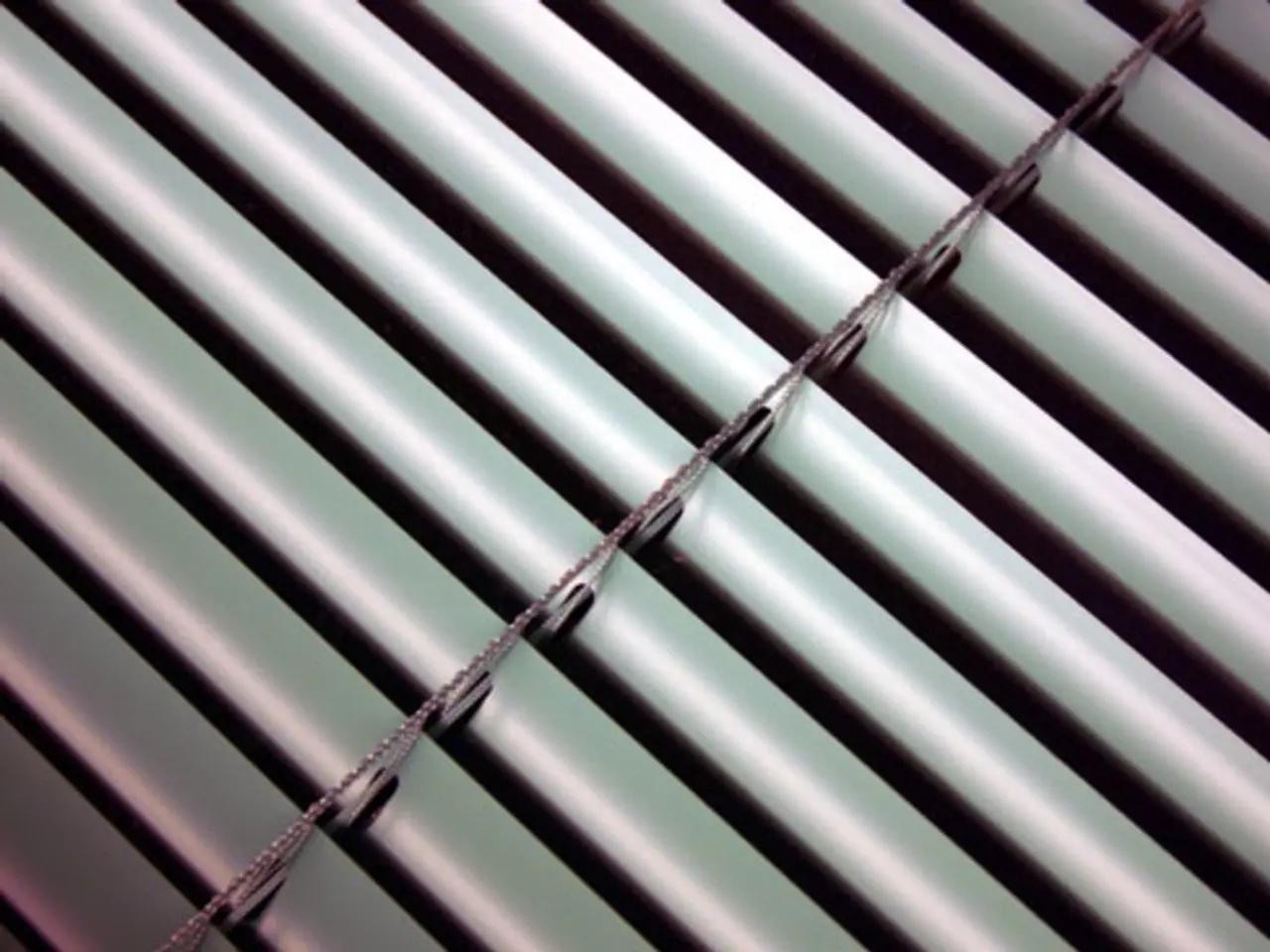Market for Window and Door Frames Expected to Exceed USD 137.6 Billion by 2034
In the ever-evolving world of construction, the UPVC window and door frame market continues to make significant strides, reaching a staggering valuation of USD 92.1 billion in 2024. This growth is fueled by a multitude of factors, with UPVC frames being favoured for their superior thermal insulation, noise reduction, long lifespan, and cost-effectiveness compared to alternatives like aluminium and wood.
One of the key factors driving this market growth is the increasing demand for energy-efficient and durable building materials. Rising urbanization and growth in the construction sector, environmental sustainability initiatives, and evolving architectural trends emphasizing security and customization are all contributing to the market's expansion. Additionally, integration with smart home technologies and the replacement market are further growth catalysts.
Asia-Pacific, Europe, and North America are expected to be the main drivers of market expansion. India, with its focus on local manufacturing ("Make in India") and regulatory standards enhancing product quality, is a significant player in this growth. Europe and New Zealand show strong adoption due to energy efficiency priorities and sophisticated architectural demands, while North America is influenced by energy performance building codes and government incentives like the U.S. Inflation Reduction Act promoting ENERGY STAR-rated doors and windows.
Leading companies like JELD-WEN, Andersen Corporation, and Pella Corporation are driving innovation and distribution in North America. Notably, Andersen Corporation has expanded its Fibrex composite material line and introduced smart window technology, while Atrium Corporation has invested in automated manufacturing to boost production efficiency. In India, Century Plyboards has entered the UPVC window and door segment, and ATIS Group has launched high-security aluminum frames with thermal break technology.
Businesses in the window and door frame market should prioritize innovation in energy-efficient and smart technologies, sustainable materials, and compliance with regulatory standards. The market is projected to reach USD 137.6 billion by 2034, expanding at a CAGR of 4.1%.
The market's growth significantly impacts the global economy by supporting job creation, reducing energy costs, and stimulating infrastructure investment. It's clear that the window and door frame market is not just a construction sector concern, but a critical element in shaping the future of sustainable and energy-efficient urban environments.
| Key Growth Drivers | Leading Regions | |---------------------------------------------|-------------------------------------| | Energy efficiency and sustainability | Asia-Pacific (India), Europe | | Construction and urbanization growth | North America (U.S., Canada) | | Regulatory and code compliance | Europe, North America, India | | Demand for durability and noise reduction | Europe, Oceania (New Zealand) | | Smart home tech integration; customization | Global (advanced markets) |
- The manufacturing industry in the UPVC window and door frame market is projects to reach a valuation of USD 137.6 billion by 2034.
- The growing demand for energy-efficient and durable building materials is a key driver in the UPVC window and door frame market.
- Integration with smart home technologies and the replacement market are additional growth catalysts in the UPVC window and door frame market.
- Asia-Pacific, Europe, and North America are anticipated to be the main drivers of market expansion.
- India's focus on local manufacturing and improved regulatory standards enhancing product quality places it as a significant player in the market's growth.
- Europe and New Zealand show strong adoption of UPVC frames due to energy efficiency priorities and sophisticated architectural demands.
- North America's growth in the UPVC window and door frame market is influenced by energy performance building codes and government incentives.
- Some key players in North America driving innovation and distribution include JELD-WEN, Andersen Corporation, and Pella Corporation.
- Andersen Corporation has expanded its Fibrex composite material line and introduced smart window technology, while Atrium Corporation has invested in automated manufacturing.
- In India, Century Plyboards has entered the UPVC window and door segment, and ATIS Group has launched high-security aluminum frames with thermal break technology.
- Businesses in the window and door frame market should prioritize innovation in energy-efficient and smart technologies, sustainable materials, and compliance with regulatory standards.
- The market's growth significantly impacts the global economy by supporting job creation, reducing energy costs, and stimulating infrastructure investment.
- The window and door frame market is not just a construction sector concern, but a critical element in shaping the future of sustainable and energy-efficient urban environments, extending its influence to lifestyle, fashion-and-beauty, food-and-drink, home-and-garden, personal-finance, gadgets, data-and-cloud-computing, technology, artificial-intelligence, and travel sectors, as well as sports such as football, the Champions League, NFL, European leagues, American football, Serie A, Laliga, and NCAAC football.





